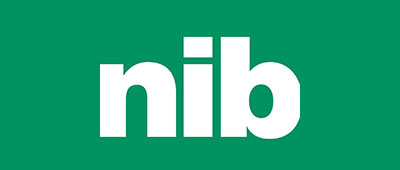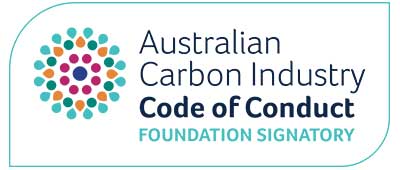Who’s winning at the ERF auction?
The dust has settled on the first ERF black box auction which took place on 15-16 April 2015. The Minister hailed the $660 million firesale as a ‘stunning result’ but how did Aboriginal projects fare?
The headline stats have been well traversed now: 47.3 million tonnes of abatement purchased for a total cost of $660 million and average price of $13.95 per tonne through 107 contracts to 43 different parties covering 144 projects. The smallest contract is for 12,000 tonnes and the largest 3.5 million tonnes.
As far as Aboriginal projects go, two were contracted—the Olkola and Raak Nguunge (Pormpuraaw) savanna projects in Cape York both won 7 year contracts. The Olkola contract is for 455,000 credits or an average of 65,000 credits per year—that’s the same amount as the project has produced to date over a couple of years so it will be interesting to see how their delivery schedule pans out (disclosure: Aboriginal Carbon Fund was not involved in either of these contracts).

Auction results as portrayed by the Clean Energy Regulator
Beneath the headlines, there are some interesting broader results. The government commitment spans 10 years with about half of the abatement due by target time in 2020. That means the government will spend about 25% of its budget on 12% of the abatement needed to meet the 5% target by 2020. The road is getting steeper.
There is also a bit of market domination going on. Three contractors managed to pull off 75% of the abatement volume. Two methods accounted for 82% of the contracted abatement (avoided deforestation and landfill gas). That sounds like a pretty concentrated market for a scheme spanning the whole economy.
At the other end tucked away at the back is a lonely soil carbon project contracted for an impressively large 3.4 million credits. This is interesting as the project is the using the much criticised and expensive direct measurement technique rather than the newer and cheaper modeled approach. Can this project produce 3.4 million credits over 10 years?
As it is there are still 120 uncontracted projects which will be queuing up for the next auction. Aboriginal savanna projects are currently 2 from 14. The evidence so far is that they are finding it hard to compete. Let’s see how they go next time.























